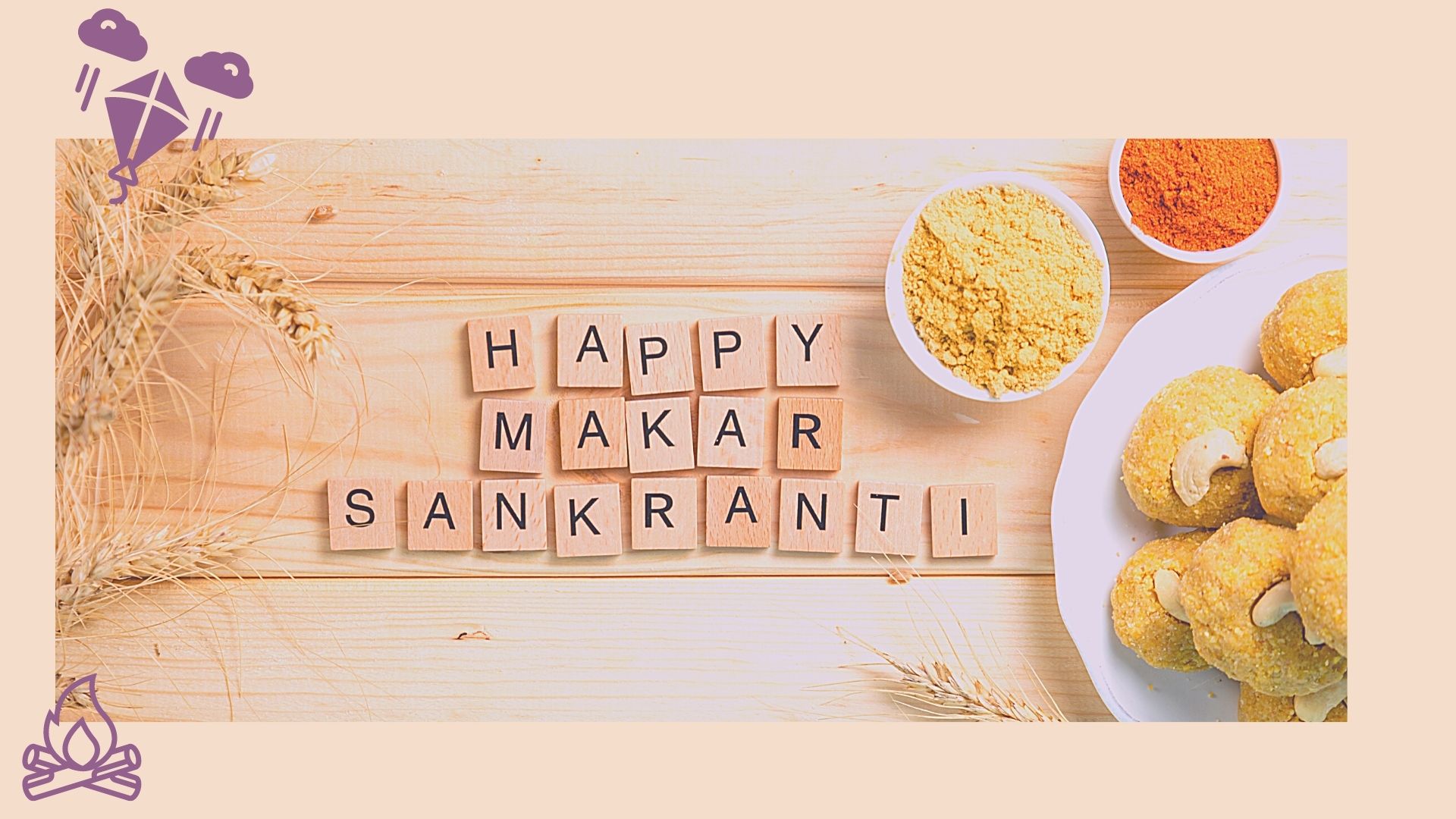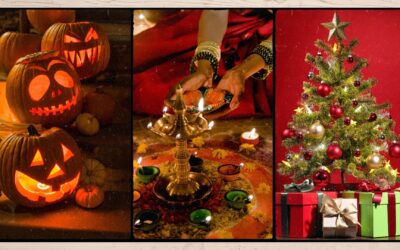If your kids are anything like mine, I’m sure the why of celebrating something is as important as how it is celebrated. And why not? Aren’t we all raising inquisitive, curious, explorers that don’t take anything for granted and question everything? Of course, and rightfully so.
So how do we explain the relevance of celebrating a faraway Indian harvest festival in the US? Aren’t harvest festivals a celebration of the food grown on the land where you live?
Apart from the fact that we loved the food, kite flying, bonfires, and the excitement that the whole country joined in on, we might not have paid attention to the fact that the themes of this festival are quite prevalent across the world and the deeper messages are right on point with the time of the year, even if all of the food celebrated there is not grown here.
So, here are six ways to integrate Sankranti, Pongal, and Lohri into the American context and spark relevant conversations:
Indian Thanksgiving
Always makes it easier to compare it with something familiar happening here! Close on the heels of American Thanksgiving in November, the Indian thanksgiving is celebrated mid-January in various ways across the states of India (One of the few Indian festivals that is celebrated on the same day every year) and gives thanks to the Earth, people and animals who help in harvesting food.
Check out how it is celebrated in all states of India here.
Sharing traditional food
The focus in a harvest festival is food! Depending on the regions of India, what is harvested differs slightly ranging from rice, mustard leaves (Sarson ka saag), sugar cane, sesame (til), bananas, peanuts and so on.
Whatever you try, be sure to include the main ingredients of sesame, jaggery and peanuts. (Here is a collection of recipes from across the country: link) These foods are common in all the states and also have useful health benefits when consumed in the cold winter months. They help keep the body warm and increase immunity.
In the state of Karnataka, the fun activity associated with this festival was to go from house to house to exchange a basket of the best harvest foods – bananas, sugarcane, sugar figurines and a trail mix of sesame, jaggery, peanuts, roasted gram and pieces of dried coconut. (Check out this recipe here.)
Sugarcane is hard to find and I miss sharing the sugarcane fun the most! But if you hunt for them, you might find them in local Indian stores or temples around you.
So in addition to sharing it with your Indian friends and family – try sharing this trail mix with your non-Indian friends too.
Want to try some fusion harvest food from here and India? Try adding root vegetables, apples, and cranberries to the spread.
A word of caution though – keep the traditional foods intact and add the fusion foods on the side so the integrity of ‘traditional food day’ isn’t sabotaged! 🙂
Flying Kites
This may be one of the most colorful aspects of the festival– but one that may not be feasible in the dead of winter in the US. If you live in warmer parts of the country, this is something you could definitely indulge in.
If you live in the colder parts but still feel the need to absolutely include it then check out how to fly a kite in the winter !
Or
make some Kite crafts
Bonfires
The North of India, especially Punjab is where this tradition is followed and this is the part of the festival that can most easily be integrated with the context of bonfires that are common in the winter here! Have an actual bonfire and toast marshmallows (If you have to!)
or
Make Mini Bonfire cupcakes
Sankranti and Pongal sayings to learn
In addition to the fun activities, there are some fun sayings/exchanges associated with them in different regions and so this is a good opportunity to add celebration-specific language into our multi-lingual contexts!
Sayings associated with food – In Kannada, as you exchange your goodies, you say – “Ellu Bella Thindu Olle Maathadi” (literally translated, it means Eat the mixture of sesame seeds and jaggery and speak good words)
And in Marathi, you say “Til, gud ghya ni god god bola” – (Eat til and gur and speak well).
Of course, in both sayings above, it’s about how it rhymes or alliterates in the languages – so no point learning to say it in English!
Sayings associated with kite flying – The kite flying scene is a literal war zone in the sky – “Kai Po che” in Gujarati means someone cut the string – so it’s an indication of “game over!”
Celebrating movement and change
Another very important angle of the festival apart from Harvest is celebrating the movement of the Sun into the zodiac of Capricorn. This is the literal meaning of Makar (Capricorn) Sankranti (Movement). This marks the change in the length of days, sunlight and general atmosphere around us. A very much needed hope in our post-pandemic times!
Making a fresh start
Missed making resolutions in the first week of Jan? or the enthusiastic Marie Kondo goals you set down now feels unattainable? As a cross-cultural, you have a second chance in the second week of Jan again! Reevaluate and restart whether you are cleaning out the clutter in the house or the mind or both – Aren’t we always looking for fresh clean starts as often as possible!
So Happy Sankranti, Pongal, and Lohri to all of you!









0 Comments